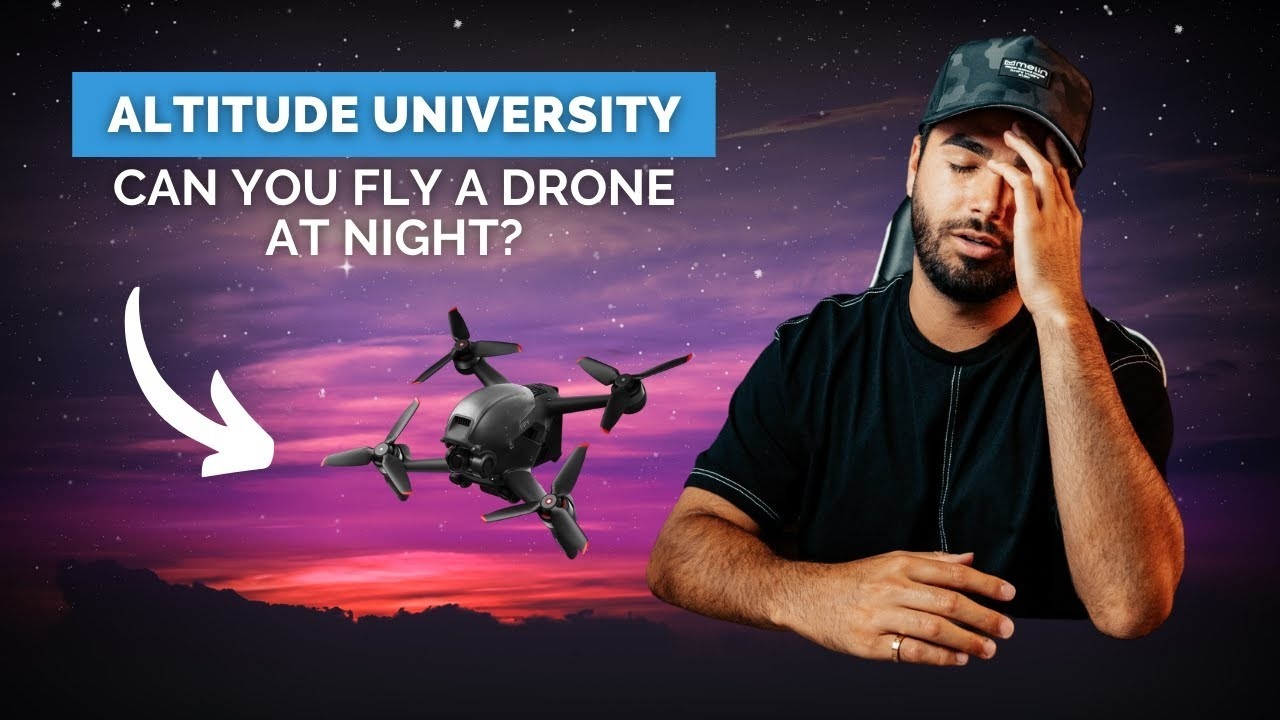How to Legally Fly Your Drone at Night—FAA Part 107 Updates

Right now everyone is asking this very BIG question. Can you fly a drone at night? The answer, for now, is YES for both recreational and commercial drone pilots.
Prior to April 2021, you would have to obtain a 107.29 Daylight Operations Waiver, which would allow you to fly at night, and you would have had to request that waiver through a complex process inside the FAA’s DroneZone Portal.
Well, things have changed. Flying at night can be described as the time period post and pre-civil twilight. In order to take advantage of this new development, you’ll need to comply with the FAA’s training and testing requirements.
First, if you’ve passed your Part 107 Exam, you can now complete the recurrent training via the FAA Safety Website. If you have scheduled your exam, but have yet to take it, you’ll need to first complete and pass the Part 107 Exam, and then you’ll complete the new night flying training modules on the FAAST website for the renewal exam. This is an online course provided by the FAA, and it comes with a 45-question exam that you’ll need to score a 100% in order to pass. Luckily, you can not fail this exam. It will give you the option to go back and correct the answers you got wrong.
Once completed, a few things will be necessary to fly at night. First, even though it is now legal to fly at night, you will still need to obtain airspace authorization in controlled airspace. You can do this through a LAANC provider like Aloft or AirMap. Secondly, all night operations require the use of anti-collision lighting that is visible for at least 3 statute miles in each direction.
Once you check all of these boxes, and you have LAANC approval if you’re operating in controlled airspace then you are set to legally fly your drone at night.


